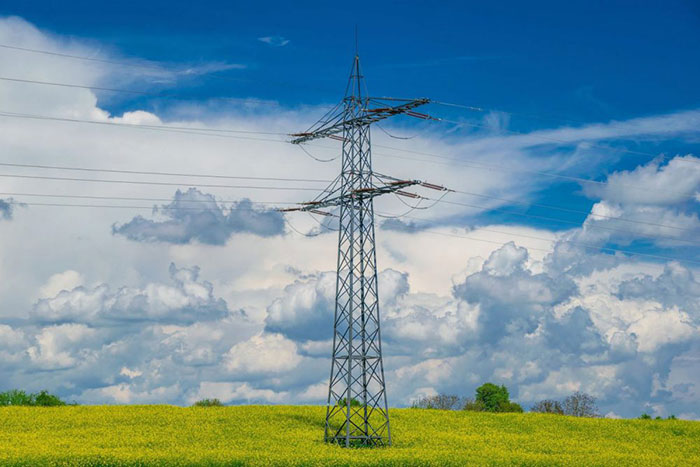Mark D’Antonio, Zondits staff, 5/27/2022
Grid Capability – Is the Nation’s grid able to support the explosive growth of electric vehicles (EVs) projected in the coming years? It’s a frequent question that arises and it’s an important infrastructure question to answer.
Several automakers are projecting that millions of new cars and trucks over the next decade will be powered with electric motors and not internal combustion engines. The recently passed Bipartisan Infrastructure Law (BIL) is intended to accelerate the adoption of electric vehicles and to build a national network of electric vehicle charging stations. That means more cars will progressively be plugged in and less will be going to the gas pumps. As a result, a significant electrical load will be added to the grid, potentially at a rapid pace. The BIL also includes initiatives to make the US power grid more resilient, but it does not specifically address the capacity question. So, what’s the prevailing sentiment, can the grid rise to the occasion and support the EV revolution?
Many prominent experts in the US agree that the grid will have the capacity to support the load growth from EVs and related infrastructure. A recent report from Physics Today found that several energy experts from acclaimed research laboratories throughout the US agree that there is no foreseeable threat of the electrical grid being overloaded by EVs. Based on a review of the report, Electrek.com notes that “According to research teams and engineers at multiple US energy laboratories, the acceleration of EV adoption will not reach any sort of “tipping” point in which charging EVs will overwhelm the electrical grid. In fact, experts state that the entire industry is well aware of this imminent electrical load coming to the US grid and is adapting daily to support a future dominated by EVs.”
An article published in Forbes walks the reader through specific calculations of the EV load growth in both the US and the UK, concluding that the capacity to support the growth will not be a problem for either grid. It makes note of common misconceptions in computations stating that, “One of the most frequent concerns you will see from electric vehicle haters is that the electricity grid can’t possibly cope with all cars becoming EVs. However, they haven’t done the math properly. The grids in most developed nations will be just fine, so long as the demand is properly managed… What they don’t seem to realize is that the chances of every single car charging all at once are infinitesimally low. Their arguments seem to assume that nobody ever drives their car, and just charges it all the time. If you look at averages, the absurdity of this position becomes particularly clear.”
A tangential perspective about the EV growth benefiting grid customers is brought forth in a Rocky Mountain Institute (RMI) article about the grid in Texas. RMI notes that EV batteries, particularly large ones that come with pickup trucks, could provide resilience and benefit consumers during a power outage. “Large batteries, such as those required to power pickup trucks, can provide a meaningful supply of backup power during a grid outage.” The article further states that, “When resiliently connected to a home service panel that can safely “island” the home from the grid during an outage, a fully charged pickup truck battery could power the average American home for more than three days.” Clearly the adoption of EVs will add load to the grid but many experts believe that with appropriate forecasting, planning and management efforts, the load growth can effectively be supported. Multiple approaches are available including augmenting infrastructure, adding targeted capacity growth through renewable generation, two-way grid-to-vehicle connections, evolving rate designs to facilitate EV operations, as well as grid management approaches with temporal and locational specificity. It’s a very dynamic period in the US for infrastructure development and the time afforded by the EV adoption curve should give sufficient time for the grid to evolve to manage the growth.
To explore an interesting webinar series on EVs and electrified transportation, follow this link: https://www.dnv.com/events/meaningful-electrification-webinar-series-220736
For the full referenced articles, check out the links below.
